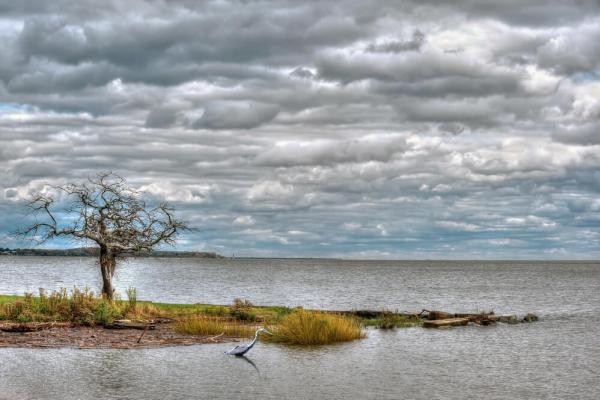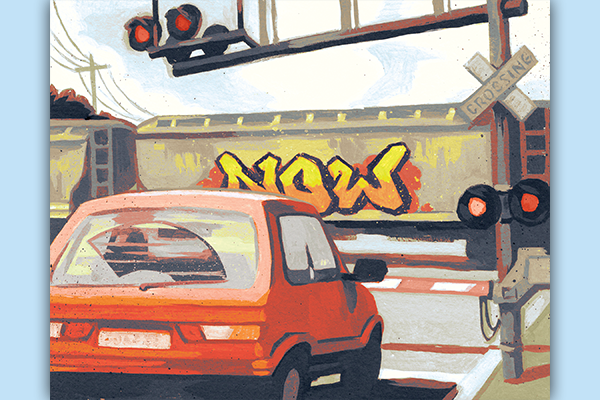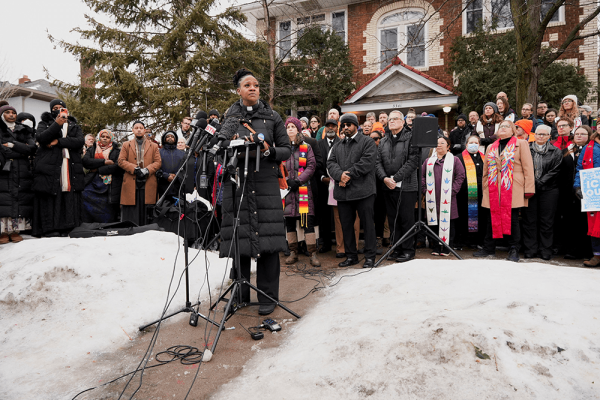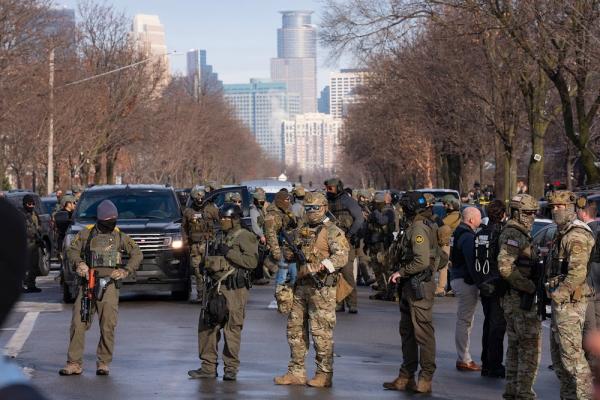Stormwater pollution is the fastest growing source of pollution in the Chesapeake Bay watershed—a 64,000 square mile drainage basin that sprawls across parts of Virginia, Maryland, Delaware, West Virginia, New York, and Washington, D.C.
One of the contributors: religious congregations.
With large parking lots and manicured lawns, congregations send pollution barreling through storm drains and into the Chesapeake Bay—disrupting the ecosystem and water quality.
It’s an issue Interfaith Partners for the Chesapeake has been working to address since 2013. Now, with the support of a $1 million grant from the National Fish and Wildlife Foundation, they will be spreading the message of green stormwater management to thousands of worshipers in five critical areas of Maryland and Pennsylvania.
“Congregations have this huge potential to positively impact water quality because they have not only large parking lots and roofs that are contributing to stormwater pollution, but they have large memberships that can influence thinking and can demonstrate new ways of living in harmony with God’s creation,” said Interfaith Partners for the Chesapeake's executive director, Jodi Rose.
Over the next three years, Interfaith Partners for the Chesapeake will provide education and technical support to 100 congregations and 3,750 people living within the watershed. If all goes according to plan, the 100 congregations would offset the equivalent of 20 acres of impervious surfaces through planting trees, installing rain gardens, and engaging in sustainable practices.
The project was piloted in 2016 in the Jones Fall watershed of Baltimore, where 39 congregations came together across religious and municipal lines to remove trash, plant trees, and treat stormwater runoff.
Through the Jones Fall project, Rose said that people from the urban parts of Baltimore city came “face to face” with people from the Baltimore suburbs—and all parties began to see who was living downstream and receiving whatever they were putting on their lawns and in their trash bins.
“The thing about all of these watersheds is that they can extend beyond city boundaries,” said Rose. “They’re God made boundaries—they don’t pay attention to city or county boundaries.”
All 39 congregations engaged in the project, but 15 did a “deeper dive”—installing impactful projects and forging lasting relationships.
“They connected in a way that helped them see they’re not just operating in a vacuum, that there are other congregations out there doing this,” said Rose. “And I think that’s what the program is does—it helps to create that space for them to really live into this call to be good stewards and do it in a way that’s really tangible.”
While the grant will target 100 congregations, there are more than 5,000 places of worship in Maryland alone. Rose knows reaching all congregations located in the watershed is not realistic. However, Rose hopes the “hubs” they establish will become magnets— teaching and mentoring other congregations and drawing them into the work.
“We’re just trying to create the space and the infrastructure for the movement, so that the congregations can really begin to respond,” Rose said. “God makes the rain, but we make the runoff.”
Got something to say about what you're reading? We value your feedback!







